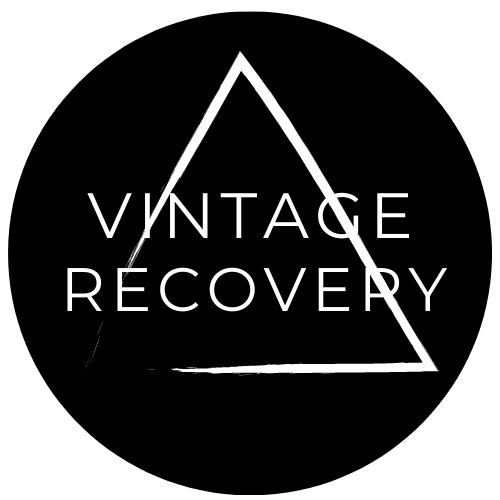
Navigating the Challenges of Sustainable Fashion
Share
In recent years, the fashion industry has undergone a profound shift towards sustainability. With growing awareness of environmental and social issues, consumers are increasingly demanding ethical and eco-friendly clothing options. However, despite these positive strides, the journey towards sustainable fashion is not without its challenges. In this blog, we'll explore some of the key obstacles faced by the sustainable fashion movement and discuss potential solutions.
Supply Chain Transparency:
One of the biggest challenges in sustainable fashion is ensuring transparency throughout the supply chain. Many fashion brands outsource production to multiple factories around the globe, making it difficult to track the origins of materials and labour conditions. Without transparency, it's hard for consumers to trust that the products they're buying are truly sustainable. To address this issue, brands must invest in traceability technologies and partnerships with ethical suppliers to provide full visibility into their supply chains.
Material Selection:
Choosing sustainable materials is another hurdle for fashion brands. While eco-friendly fabrics like organic cotton, hemp, and recycled polyester are gaining popularity, they often come with their own set of challenges. For example, organic cotton requires more water than conventional cotton, and recycled polyester may shed microplastics when washed. Additionally, some sustainable materials are more expensive or less readily available than their conventional counterparts. Brands need to carefully weigh the environmental impact, performance, and accessibility of different materials to make informed choices.
Waste Management:
The fashion industry is notorious for its waste, with millions of tons of clothing ending up in landfills each year. Addressing this issue requires a shift towards circularity, where products are designed with longevity and recyclability in mind. However, implementing circular practices can be complex and costly, especially for fast fashion brands operating on tight margins. Brands can tackle this challenge by embracing innovative recycling technologies, offering repair and take-back programs, and educating consumers about the importance of extending the life of their clothing.
Consumer Behaviour:
Ultimately, the success of sustainable fashion depends on consumer behaviour. While more people are prioritising ethical and eco-friendly brands, there is still a long way to go in changing consumption patterns. Fast fashion culture encourages constant buying and discarding of cheap clothing, which is inherently unsustainable. To encourage more mindful consumption, brands can focus on storytelling, transparency, and education to help consumers make informed choices. Additionally, government regulations and incentives can play a role in promoting sustainable practices and discouraging wasteful behaviour.
Sustainable fashion holds great promise for reducing the environmental and social impacts of the clothing industry. However, achieving true sustainability requires overcoming a variety of challenges, from supply chain transparency to consumer behaviour. By working together across the industry and with consumers, fashion brands can address these obstacles and pave the way for a more ethical and eco-friendly future. Remember, every purchase we make is a vote for the kind of world we want to live in – let's choose wisely.
